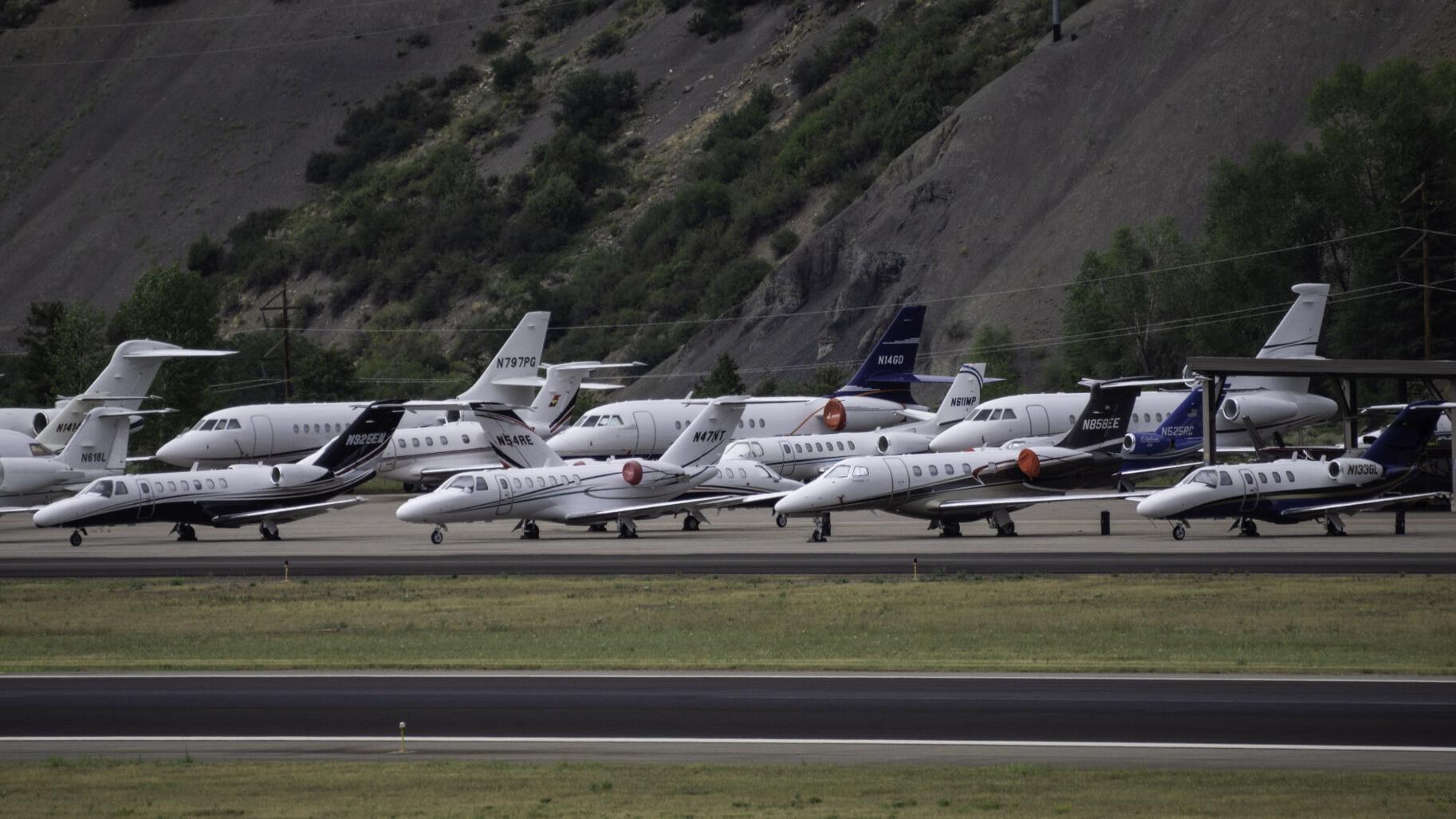By Scott Shatzer
When you own a fractional share, it’s easy to assume your provider has every detail covered. And while they do handle a great deal of the operational logistics, many owners are surprised to learn just how critical – and valuable — it is to verify two specific variables before every flight:
- Where is your aircraft actually coming from?
- What is the weather forecast and ATC outlook at your departure and arrival airports—at the time you expect to fly?
Carpenters measure twice and cut once. The same care and attention to detail should be applied to your flights if you want to avoid unnecessary delays.
Let me share a recent example that illustrates the value of proactive flight oversight:
Aspen: The Perfect Storm for a Delay
We advised a client traveling to Aspen to err on the side of caution and aim for an earlier arrival. Forecast data showed a high probability of shifting wind patterns that could render the airport unusable by early afternoon. Aspen has notoriously strict wind and visibility requirements, and strong crosswinds can quickly take the airport outside of its usable envelope. As it stood, the trip was ripe for delay and a recipe for flyer frustration.
Fast forward to flight day: just as predicted, Aspen’s afternoon arrivals began diverting. The wind conditions had shifted exactly as expected, and no aircraft without a waiver could safely land. Had our client waited to travel at his originally planned time, he likely would have ended up diverted—potentially to Rifle or even Denver–with ground transportation delays compounding the disruption.
More importantly, there was no communication from the operator advising him about the weather and offering an alternative that would have avoided the delay. Given the workload of managing many flights and clients, a lack of proactive guidance from the operator wasn’t unique or surprising. However, because we constantly monitor weather, air traffic control constraints, and aircraft positions in real time, we were able to steer the client toward a successful, on-time arrival.
The Hidden Risks of Relying on “Set-It-and-Forget-It” Flight Planning
Fractional providers do their best to support you—but their system is designed for efficiency, not personalization. Their client service reps aren’t always in a position to:
- Provide real-time aircraft tracking advice based on routing bottlenecks or last-minute repositioning
- Warn you about potential diversions or forecast-based airfield closures
- Recommend alternative airports or departure times based on dynamic operational data
That’s where we come in. Our team actively monitors:
- Aircraft positioning – to make sure your plane is not running behind or enroute from a constrained airport
- FAA traffic flow restrictions – that may add hours to a short hop
- Departure and destination airport forecasts – including thresholds that affect safety and legality
- Predicted Flight Delays – using our proprietary AI-based system built in-house
You Own the Share. We Help You Use It Wisely.
If you’ve ever arrived at the airport to find your aircraft delayed or rerouted—or worse, you didn’t find out until it was too late—you know the value of having an expert in your corner.
Unfortunately, this Aspen scenario isn’t unusual. It’s exactly the kind of event that fractional owners often don’t see coming—until they’re sitting in a FBO lounge, wondering what went wrong.
We help you plan smarter, fly smoother, and get where you’re going on time, every time conditions allow. Most importantly, we’ll continually update you with the news you need to hear, good or bad, well ahead of time, keeping you in control of every step of the way.
Need an extra set of eyes on your next flight? Let us handle the details, so you can focus on the destination.
